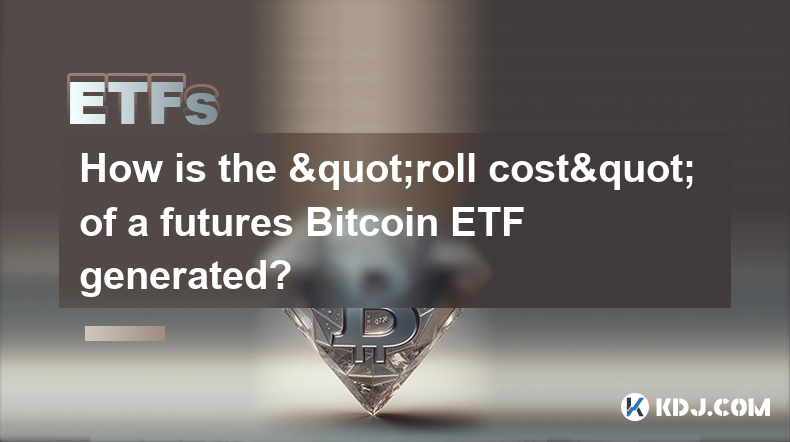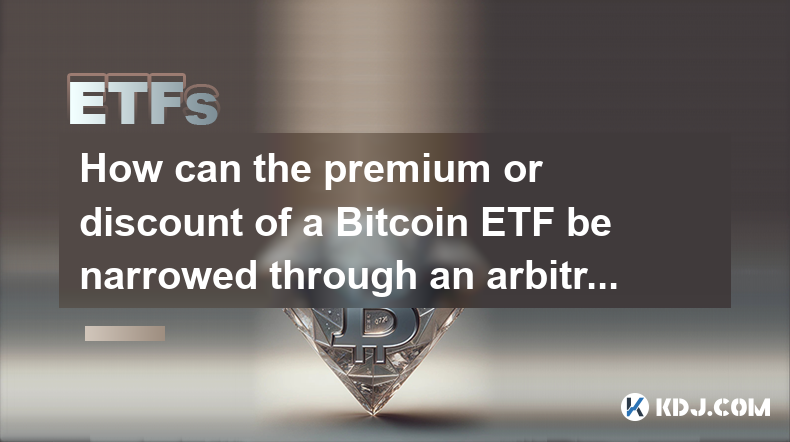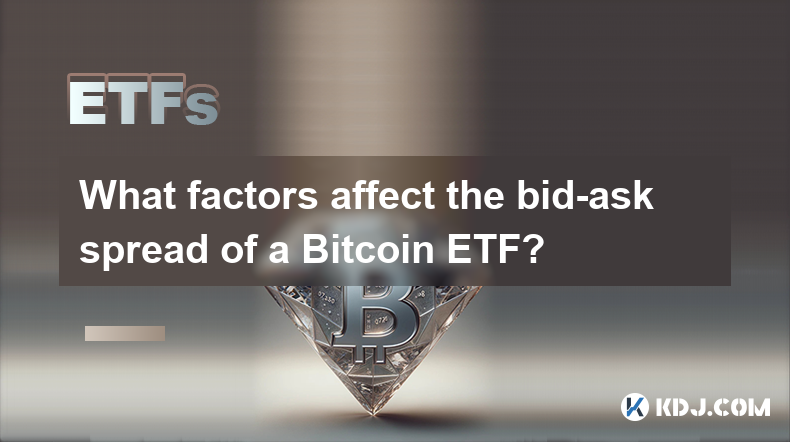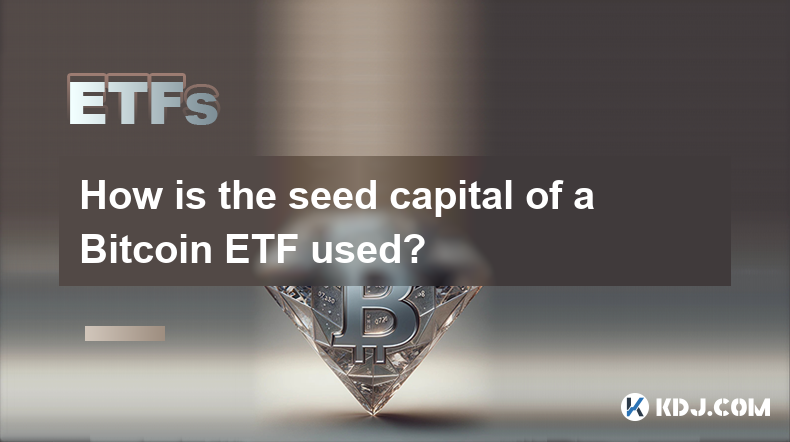-
 Bitcoin
Bitcoin $87,985.5737
0.72% -
 Ethereum
Ethereum $1,574.8026
-3.90% -
 Tether USDt
Tether USDt $0.9999
0.00% -
 XRP
XRP $2.0783
-1.83% -
 BNB
BNB $600.4630
-0.57% -
 Solana
Solana $138.7268
-1.43% -
 USDC
USDC $1.0000
0.00% -
 Dogecoin
Dogecoin $0.1604
-0.49% -
 TRON
TRON $0.2468
0.93% -
 Cardano
Cardano $0.6232
-2.68% -
 Chainlink
Chainlink $13.0447
-3.65% -
 UNUS SED LEO
UNUS SED LEO $9.1903
-2.36% -
 Avalanche
Avalanche $19.7884
-0.95% -
 Stellar
Stellar $0.2455
-2.64% -
 Toncoin
Toncoin $2.9136
-3.77% -
 Shiba Inu
Shiba Inu $0.0...01234
-3.12% -
 Sui
Sui $2.2351
0.79% -
 Hedera
Hedera $0.1701
-0.34% -
 Bitcoin Cash
Bitcoin Cash $343.8870
1.52% -
 Hyperliquid
Hyperliquid $18.4355
1.81% -
 Litecoin
Litecoin $78.5146
-0.23% -
 Polkadot
Polkadot $3.7235
-4.61% -
 Dai
Dai $1.0000
0.00% -
 Bitget Token
Bitget Token $4.4307
-2.55% -
 Ethena USDe
Ethena USDe $0.9992
-0.01% -
 Pi
Pi $0.6322
-0.72% -
 Monero
Monero $215.4354
-0.09% -
 Pepe
Pepe $0.0...07934
0.95% -
 Uniswap
Uniswap $5.2398
-3.49% -
 OKB
OKB $50.8827
-0.49%
Where can I check the holding information of Bitcoin ETFs?
Real-time Bitcoin ETF holding data is limited due to reporting regulations and market infancy; multiple sources, including the issuer's website, regulatory filings, and data providers, are needed for a complete picture, with data often lagging.
Feb 27, 2025 at 04:42 am

Where Can I Check the Holding Information of Bitcoin ETFs?
Key Points:
- Accessing real-time Bitcoin ETF holding information is currently limited due to reporting regulations and the relatively nascent stage of the Bitcoin ETF market. Different exchanges and data providers offer varying levels of detail and timeliness.
- Understanding the nuances of ETF reporting requirements is crucial to interpreting the data accurately. Data lags exist, and reported holdings may not reflect the exact current composition of the ETF.
- Multiple sources must often be consulted to obtain a comprehensive picture of a Bitcoin ETF's holdings, including the ETF issuer's official website, regulatory filings, and specialized financial data providers.
Accessing Bitcoin ETF Holding Information: A Detailed Exploration
The availability and accessibility of real-time holding information for Bitcoin ETFs are complex issues. Unlike traditional stock ETFs where holdings are frequently updated and easily accessible, the Bitcoin ETF landscape presents unique challenges. Several factors contribute to this complexity:
- Regulatory Reporting Requirements: Securities regulators, such as the SEC in the United States, mandate specific reporting requirements for ETFs. These regulations dictate the frequency and format of disclosure for ETF holdings. However, these reports often have a lag, meaning the data available publicly might not reflect the current holdings. The specific requirements can vary by jurisdiction, further adding to the complexity. Understanding the specific regulatory framework for the ETF you are researching is critical to interpreting the reported data accurately. For example, daily updates might be mandated for some ETFs, while others may only report holdings on a monthly or quarterly basis. This frequency directly impacts the timeliness of the information you can access. Furthermore, regulatory filings are often complex documents requiring a degree of financial literacy to understand fully.
- Data Provider Variations: Different financial data providers (e.g., Bloomberg, Refinitiv, FactSet) offer access to ETF holding information, but the level of detail and timeliness can vary considerably between them. Some providers might offer near real-time updates, while others might only provide daily or even less frequent updates. The cost of accessing this data also varies significantly, with some providers offering free access to basic information, while more comprehensive and real-time data requires paid subscriptions. It's essential to evaluate the reputation and accuracy of the data provider before relying on their information. Checking multiple sources to cross-reference the data is a good practice to ensure accuracy and identify any potential discrepancies.
- Custodian and Exchange Interactions: The actual custody and management of Bitcoin held by a Bitcoin ETF involve multiple parties, including the ETF issuer, a custodian bank, and potentially various exchanges where the Bitcoin is traded. The flow of information between these parties adds another layer of complexity and potential for delays in reporting. Each institution has its own internal processes and reporting systems, which can impact the speed and accuracy of the data that eventually reaches the public. Understanding the role of each party in the process is crucial to interpreting potential delays or inconsistencies in reported holdings. For example, a delay in reporting from the custodian bank could delay the public dissemination of the updated ETF holdings.
- ETF Structure and Investment Strategy: The specific investment strategy employed by a Bitcoin ETF will also influence the availability and accessibility of holding information. Some ETFs might invest directly in Bitcoin, while others might utilize futures contracts or other derivatives. The method of investment significantly affects the nature of the reported holdings. An ETF investing directly in Bitcoin will likely report the quantity of Bitcoin held, while an ETF using futures contracts will report its positions in those contracts. This difference in reporting requires careful interpretation to understand the actual exposure to Bitcoin. Furthermore, the underlying Bitcoin might be held across multiple wallets, adding further complexity to tracking the holdings accurately.
- Transparency and Disclosure Practices: The level of transparency offered by the ETF issuer itself plays a vital role. While regulatory requirements mandate a certain level of disclosure, some issuers might proactively provide more detailed and frequently updated information on their websites or through press releases. Examining the issuer's official website and investor relations materials is crucial to finding supplementary information. The quality and quantity of information provided vary significantly between different ETF issuers, influencing the ease of accessing complete and up-to-date information.
Where to Look for Information:
- The ETF Issuer's Website: This is the primary source for official information on the ETF's holdings. Look for sections such as "Portfolio Holdings," "Fact Sheets," or "Regulatory Filings." The frequency of updates will depend on the issuer and regulatory requirements.
- Regulatory Filings (e.g., SEC EDGAR): For ETFs listed in the United States, the SEC's EDGAR database contains official filings, including reports on the ETF's holdings. These reports might not be updated as frequently as desired, but they provide the official record of the ETF's composition.
- Financial Data Providers (Bloomberg, Refinitiv, FactSet): These providers offer comprehensive data on financial instruments, including ETFs. Access to this data often requires a paid subscription, but the level of detail and frequency of updates can be significantly higher than what's available through free sources.
- Specialized Cryptocurrency Data Aggregators: Some specialized websites and platforms focus on cryptocurrency data, including information on Bitcoin ETFs. The reliability and accuracy of these sources should be carefully evaluated.
FAQs:
Q: Are Bitcoin ETF holdings updated in real-time?
A: No, real-time updates are not typically available. Reporting lags exist due to regulatory requirements and the complexities of managing Bitcoin holdings across various custodians and exchanges. The frequency of updates varies depending on the ETF and the data provider.
Q: What is the typical reporting frequency for Bitcoin ETF holdings?
A: This varies. Some ETFs might report daily, while others report only monthly or quarterly. Regulatory requirements dictate the minimum reporting frequency, but the ETF issuer may choose to provide more frequent updates.
Q: How can I verify the accuracy of the information I find?
A: Cross-reference information from multiple sources, including the ETF issuer's website, regulatory filings, and multiple financial data providers. Discrepancies should be investigated further.
Q: What if I cannot find the holding information for a specific Bitcoin ETF?
A: Contact the ETF issuer directly through their investor relations department. They can provide clarification on their reporting practices and potentially offer access to more detailed information. You could also consult with a financial advisor specializing in cryptocurrencies for assistance.
Q: Are there any free sources for Bitcoin ETF holding information?
A: While some basic information might be available for free on the ETF issuer's website or through limited access on some financial news websites, comprehensive and frequently updated data usually requires a paid subscription to financial data providers.
Disclaimer:info@kdj.com
The information provided is not trading advice. kdj.com does not assume any responsibility for any investments made based on the information provided in this article. Cryptocurrencies are highly volatile and it is highly recommended that you invest with caution after thorough research!
If you believe that the content used on this website infringes your copyright, please contact us immediately (info@kdj.com) and we will delete it promptly.
- Reserve Protocol's RSR token surges over 13% after Coinbase listing announcement
- 2025-04-22 13:40:11
- Bitcoin (BTC) May Soon Mirror Gold's Price Trajectory, Setting Up a $450,000 Target by Year-End
- 2025-04-22 13:40:11
- PEPE price prediction: Bullish breakout could be the start of a rally
- 2025-04-22 13:35:12
- Pi Network (PI) Price Prediction: Experts Forecast Jump to $5
- 2025-04-22 13:35:12
- 4 Altcoins That Will Explode in 2025: What Web3 ai, XRP, Cardano, and PEPE Are Signaling Now
- 2025-04-22 13:30:12
- Mantra (OM) founder and CEO John Patrick Mullin has started unstaking 150 million of his Mantra (OM) tokens
- 2025-04-22 13:30:12
Related knowledge

What is the difference in returns between long-term holding of a Bitcoin ETF and holding Bitcoin directly?
Apr 09,2025 at 04:15am
When considering the difference in returns between long-term holding of a Bitcoin ETF and holding Bitcoin directly, it's essential to understand the nuances and factors that affect each investment option. Both approaches have their unique advantages and potential drawbacks, which can significantly impact the overall returns over time. Understanding Bitc...

How is the "roll cost" of a futures Bitcoin ETF generated?
Apr 08,2025 at 01:22pm
The 'roll cost' of a futures Bitcoin ETF is a critical concept for investors to understand, as it directly impacts the performance of the ETF. In this article, we will delve into the mechanics of how the roll cost is generated, exploring the underlying processes and factors that contribute to this cost. Understanding Futures ContractsFutures contracts a...

How can the premium or discount of a Bitcoin ETF be narrowed through an arbitrage mechanism?
Apr 09,2025 at 12:07am
Arbitrage mechanisms play a crucial role in narrowing the premium or discount of a Bitcoin Exchange Traded Fund (ETF). Understanding how these mechanisms work can provide valuable insights into the dynamics of Bitcoin ETFs and their relationship with the underlying asset. This article will delve into the specifics of how arbitrage can be used to align t...

What factors affect the bid-ask spread of a Bitcoin ETF?
Apr 08,2025 at 08:50pm
The bid-ask spread of a Bitcoin Exchange Traded Fund (ETF) is a critical metric that investors and traders closely monitor. It represents the difference between the highest price a buyer is willing to pay (bid) and the lowest price a seller is willing to accept (ask). Several factors influence this spread, and understanding them can help investors make ...

How is the seed capital of a Bitcoin ETF used?
Apr 10,2025 at 02:15pm
The seed capital of a Bitcoin ETF plays a crucial role in the establishment and operation of the fund. This initial investment is used to create the fund's underlying assets, manage operational costs, and ensure the ETF can start trading on an exchange. Understanding how this seed capital is utilized provides insight into the mechanics of Bitcoin ETFs a...

What is the difference between "physically backed" and "synthetic" Bitcoin ETFs in terms of holding assets?
Apr 10,2025 at 04:56pm
Bitcoin Exchange Traded Funds (ETFs) have become a popular way for investors to gain exposure to the cryptocurrency market without directly owning the underlying asset. There are two primary types of Bitcoin ETFs: physically backed and synthetic. Understanding the differences between these two types, particularly in terms of how they hold assets, is cru...

What is the difference in returns between long-term holding of a Bitcoin ETF and holding Bitcoin directly?
Apr 09,2025 at 04:15am
When considering the difference in returns between long-term holding of a Bitcoin ETF and holding Bitcoin directly, it's essential to understand the nuances and factors that affect each investment option. Both approaches have their unique advantages and potential drawbacks, which can significantly impact the overall returns over time. Understanding Bitc...

How is the "roll cost" of a futures Bitcoin ETF generated?
Apr 08,2025 at 01:22pm
The 'roll cost' of a futures Bitcoin ETF is a critical concept for investors to understand, as it directly impacts the performance of the ETF. In this article, we will delve into the mechanics of how the roll cost is generated, exploring the underlying processes and factors that contribute to this cost. Understanding Futures ContractsFutures contracts a...

How can the premium or discount of a Bitcoin ETF be narrowed through an arbitrage mechanism?
Apr 09,2025 at 12:07am
Arbitrage mechanisms play a crucial role in narrowing the premium or discount of a Bitcoin Exchange Traded Fund (ETF). Understanding how these mechanisms work can provide valuable insights into the dynamics of Bitcoin ETFs and their relationship with the underlying asset. This article will delve into the specifics of how arbitrage can be used to align t...

What factors affect the bid-ask spread of a Bitcoin ETF?
Apr 08,2025 at 08:50pm
The bid-ask spread of a Bitcoin Exchange Traded Fund (ETF) is a critical metric that investors and traders closely monitor. It represents the difference between the highest price a buyer is willing to pay (bid) and the lowest price a seller is willing to accept (ask). Several factors influence this spread, and understanding them can help investors make ...

How is the seed capital of a Bitcoin ETF used?
Apr 10,2025 at 02:15pm
The seed capital of a Bitcoin ETF plays a crucial role in the establishment and operation of the fund. This initial investment is used to create the fund's underlying assets, manage operational costs, and ensure the ETF can start trading on an exchange. Understanding how this seed capital is utilized provides insight into the mechanics of Bitcoin ETFs a...

What is the difference between "physically backed" and "synthetic" Bitcoin ETFs in terms of holding assets?
Apr 10,2025 at 04:56pm
Bitcoin Exchange Traded Funds (ETFs) have become a popular way for investors to gain exposure to the cryptocurrency market without directly owning the underlying asset. There are two primary types of Bitcoin ETFs: physically backed and synthetic. Understanding the differences between these two types, particularly in terms of how they hold assets, is cru...
See all articles























































































